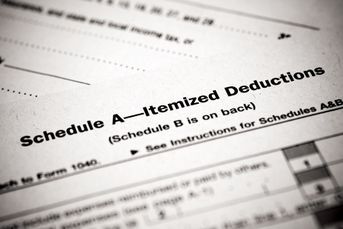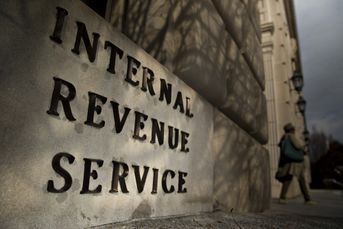New tax rules raise the cost for most kids — but not all

Instead of taxing a child's income as if it were the parents', a child's income is now taxed using the trust tax brackets.
When word about changes to the kiddie tax rules started getting around, the response was mostly confusion. Were parents supposed to be happy about these changes, or would the changes increase taxes and hamstring investment strategies?
The answer, as is so often the case with taxes, is mixed. There’s no question that for many these changes led to tax increases, but it wasn’t universal. And in some respects, tax returns for kids became easier to prepare.
The new kiddie tax
So what changed with the kiddie tax? It wasn’t the type of taxpayer subject to the tax, as it still generally applies to any child under the age of 18, or under age 24 if they’re a full-time student.
The type of income subject to the kiddie tax didn’t change, either. It still applies to any unearned income received by those taxpayers, which basically means anything other than wages. For most kids, this simply means investment income. However, distributions from an inherited IRA, Social Security benefits due to a deceased parent, and even some college scholarships are subject to the kiddie tax.
(More: Don’t confuse old tax rules with new ones when selling a home)
What did change were the tax rates that apply to this income. Prior to the changes, a child’s income was taxed as if it were the parents’. If the parents were in a high marginal tax bracket, so were their offspring.
Now a child’s income is taxed using the trust tax brackets. While most taxpayers don’t know the details of these brackets, they know this — trust tax rates get real, high real fast.
For example, the top tax rate on ordinary income for a trust is the same 37% assessed on individuals. A married couple reaches that level this year once their income exceeds $612,350. For a trust — and now for kids — that rate kicks in at just $12,750.
The child can still claim a standard deduction of $1,100 in 2019, and another $1,100 is taxed using the single taxpayer rates (typically 10%), but above that things get interesting.
(More: Do you know how to calculate after-tax returns?)
Winners and losers
Given those condensed brackets, one might think that kids just got a tax increase. In many cases that’s true. For example, parents with income between $168,400 and $321,450 would be in the 24% bracket. Their child, however, reaches the top of 24% rate at $9,300 of income, and then jumps right up to 35%.
It’s even more noticeable with capital gains. Parents won’t reach the 20% capital gains rate until their income exceeds $488,850. Kids hit that level at just $12,950. It won’t be unusual to see kids subject to a higher capital gain tax rate than their parents.
But what about kids of high-earning parents? If the parent is already in a top bracket, the child actually gets a tax cut, as they now get the benefit of the lower brackets on up to $12,750 of ordinary income. Taxing that income to a parent in the top bracket would cost about $4,700, but now the child would only owe about $3,000 – a $1,700 tax cut.
Filing a child’s tax return should be easier now, too. Since their tax is no longer based on their parents’ income, kids’ tax returns can be separate from the parents’. No longer do kids have to extend just because their parents did.
Also, each child is on his or her own now. Under the old rules, all the kids was combined with the parents, and the total kiddie tax was prorated among them. Now, a child with less income won’t be penalized by having a sibling with more income.
So yes, there are some small silver linings to the new kiddie tax. However, it’s still likely that many kids will end up paying more tax under the new system, and advisers need to keep this in mind when managing their portfolios.
(More: International investments bring a unique twist — foreign taxes)
Tim Steffen is director of advanced planning for Baird. Follow him on Twitter @TimSteffenCPA.
Learn more about reprints and licensing for this article.








